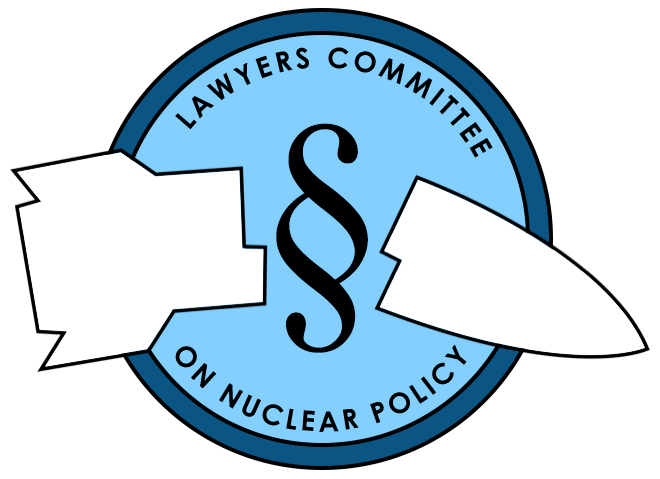The Treaty on the Prohibition of Nuclear Weapons, adopted in 2017 and entered into force January 2021, is an important step towards nuclear abolition. The treaty bans nuclear weapons entirely, and contains important references to environmental remediation and victim assistance. It has been signed by 86 countries with 54 ratifications at this writing.
The TPNW shifts the discourse on nuclear weapons away from one centered on national and physical security and moves the discussion towards one centered on human security. This will prove to be an effective way to strengthen international norms against nuclear weapons.
Here you will find background information on the TPNW, LCNP analysis on the treaty, and additional information pertaining to how the treaty was developed and negotiated.
Meeting of Nuclear Ban Treaty Condemns Nuclear Threats, John Burroughs, LCNP Senior Analyst, United for Peace and Justice, June 25, 2022
Threats to Use Nuclear Weapons: Unacceptable and Illegal, Working paper submitted by International Association of Lawyers Against Nuclear Arms to the First Meeting of States Parties to the Treaty on the Prohibition of Nuclear Weapons, June 2022
How does the Treaty on the Prohibition of Nuclear Weapons stand up legally? Discussion of nuclear ban treaty with John Burroughs, LCNP Senior Analyst, and historian Peter Kuznick of American University, January 16, 2021
Statement of Lawyers Committee on Nuclear Policy and Western States Legal Foundation on the Imminent Entry into Force of the Treaty on the Prohibition of Nuclear Weapons, October 24, 2020
Building Blocks for Nuclear Ban Treaty: NPT & Advisory Opinion of the International Court of Justice, John Burroughs, Inter Press Service, November 2, 2020
Activist group aiming to abolish nuclear weapons wins Nobel Peace Prize, PBS NewsHour interview with John Burroughs, October 6, 2017
IALANA Welcomes the Award of the Nobel Peace Prize to the International Campaign to Abolish Nuclear Weapons, October 6, 2017
Threat or Use of Weapons of Mass Destruction and the Right to Life: Follow-up Submissions to UN Human Rights Committee, IALANA and Swiss Lawyers for Nuclear Disarmament, October 5, 2017
IALANA Statement Regarding the Treaty on the Prohibition of Nuclear Weapons on the Occasion of its Opening for Signature on 20 September 2017
Lawyers' Letter Released at UN Nuclear Ban Treaty Negotiations, Abolition 2000, United Nations, New York, June 24, 2017
Key Issues in Negotiations for a Nuclear Weapons Prohibition Treaty, John Burroughs, Arms Control Today, June 2017
Selected Elements of a Treaty Prohibiting Nuclear Weapons, IALANA Discussion Paper, March 24, 2017
A Legal Instrument for the Prohibition and Elimination of Nuclear Weapons, International Association of Lawyers Against Nuclear Arms, May 2, 2016, UN Open-ended Working Group taking forward multilateral nuclear disarmament negotiations
Legal Gap or Compliance Gap? John Burroughs and Peter Weiss, Arms Control Today, October 2015


